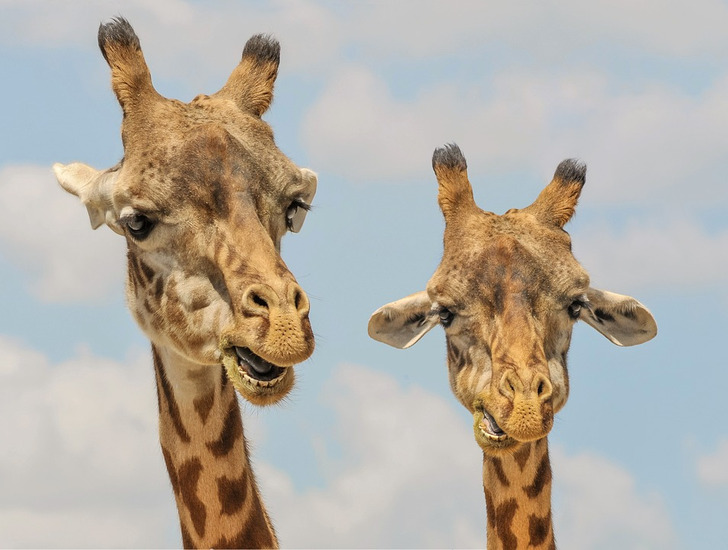12 Wild Animals Facts That Are Crazier Than Anything You’ve Ever Known
In our biology lessons at school, many of us would lazily turn the pages and wait for the class to be over. And only when we grew up, did we realize that the world is a storehouse of discoveries, and nature is a wizard with a good sense of humor. Just look at the kissing rodents or at the koalas, which get lost when they see branches they hadn’t seen before.
Kangaroos are always pregnant.
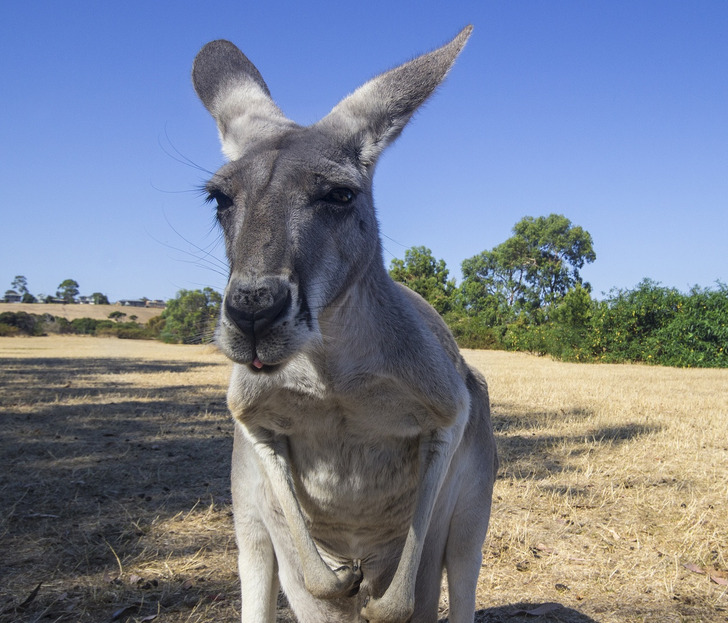
The gestation period for kangaroos is just 33 days. Right after that, the new cycle begins. Kangaroos can control their pregnancy — they can stop the development of the fetus under some circumstances, for example, if it realizes that there’s not enough food or water at the moment. Also, mothers can produce 2 types of milk: for newborns and for older babies that are still in the pouch.
Real pandas are red.
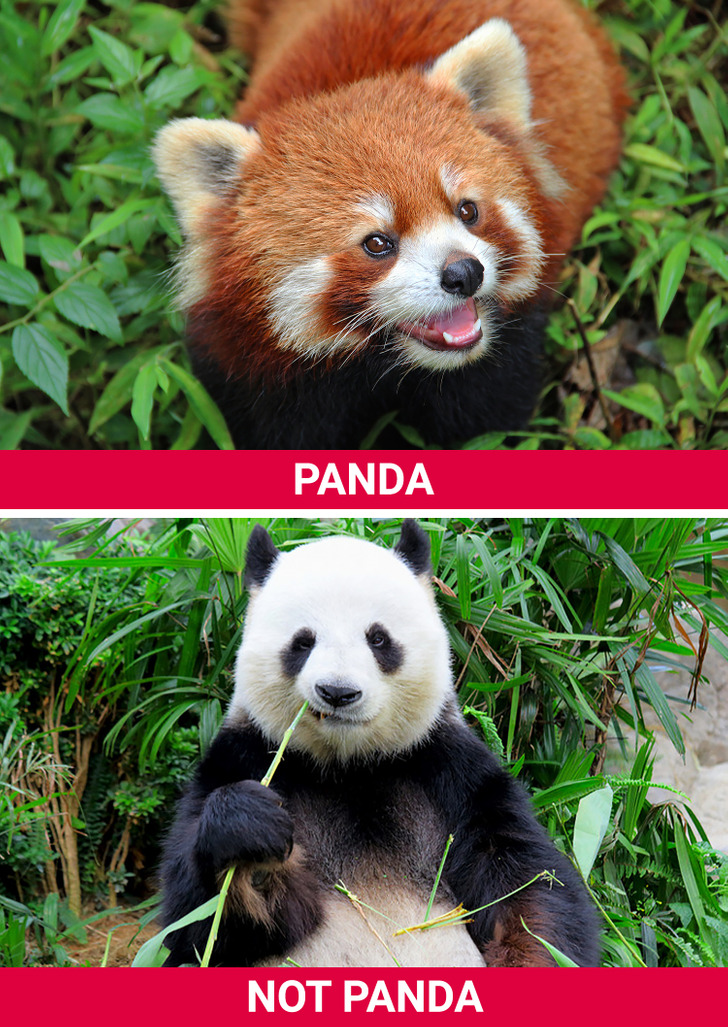
Scientists described red pandas 50 years before the giant pandas, and they named the black-and-white bear after the smaller red panda because of their shared characteristics, such as eating bamboo. But according to later studies, these species are not closely related, and black-and-white pandas are actually bears.
Hedgehogs have baby spines.
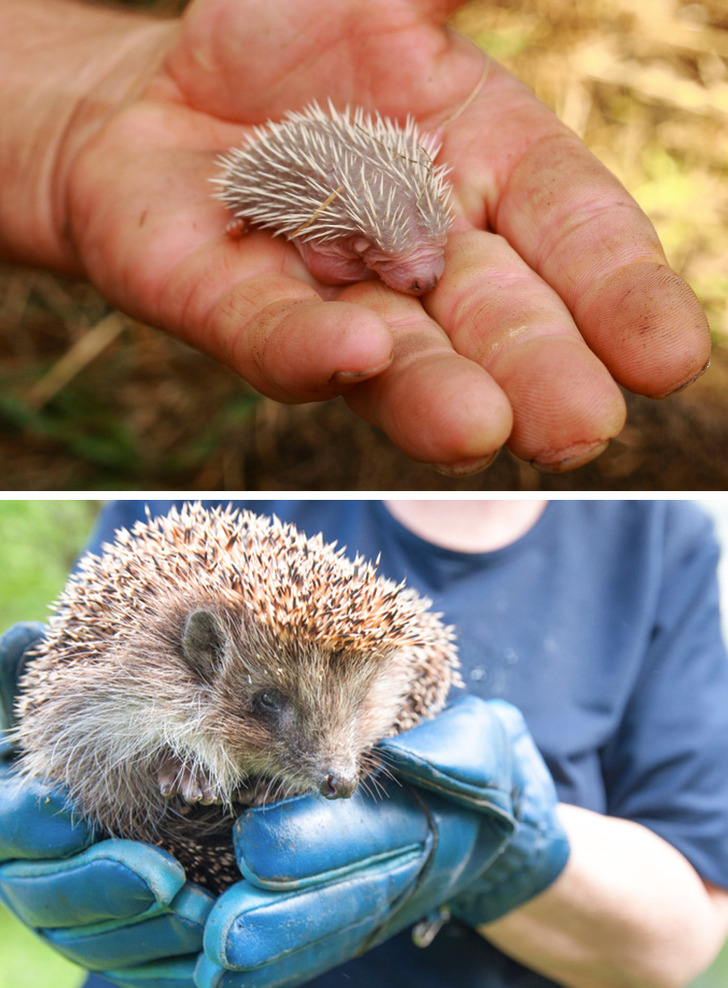
Hedgehogs are born with a protective membrane that covers their thin spines. It dries in several hours and falls off. The same happens to the first spines — by the time the animal reaches puberty, these will fall out and be replaced with adult spines. This process is called “quilling.” When the animal is ill or under extreme stress, it can shed its spines.
Elephants can be righties and lefties.
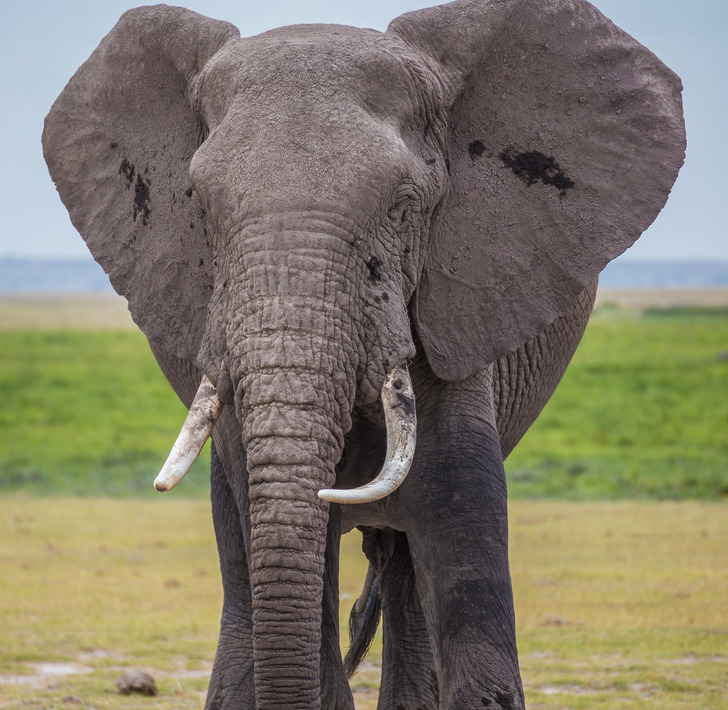
While most people have a dominant side — they either use their left or right hands — the same thing happens to elephants’ tusks. The dominant tusk, called the master tusk, is generally more worn down, and it is shorter with a rounder tip. It’s used for clearing the path from branches and digging roots.
Beavers can hold their breath for 15 minutes.
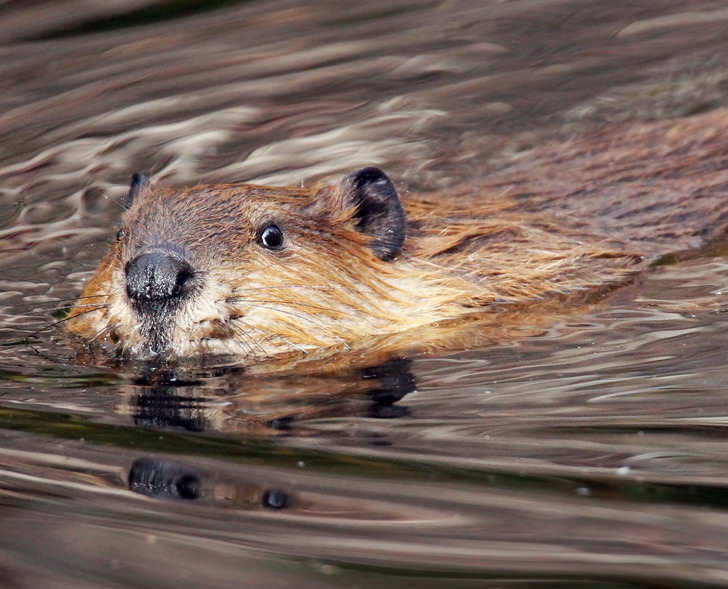
Usually, these animals can remain underwater for 5-6 minutes. When they dive, their heartbeat is 2 times lower, around 60 BPM, and the blood circulation in the brain is much more active. Also, these animals don’t need time to catch their breath after diving, they need just one breath to replace 75% of the air in their lungs. People need at least 5 breaths to achieve this result.
Prairie dogs often “kiss.”
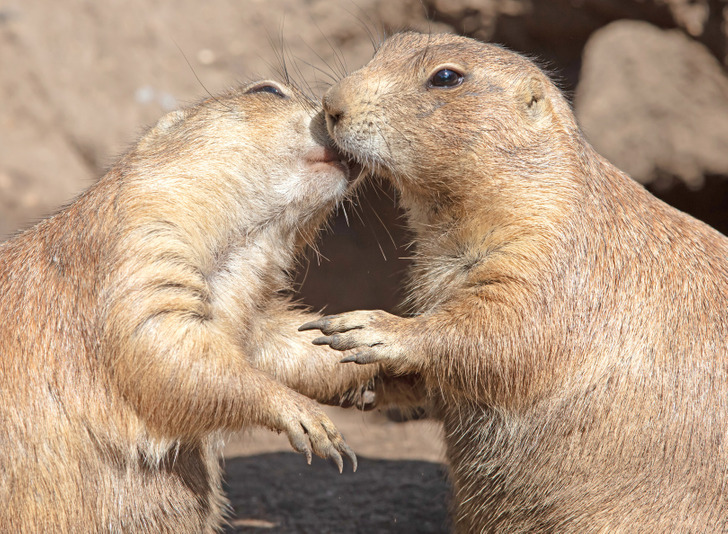
Tasmanian Devils really value friendships.
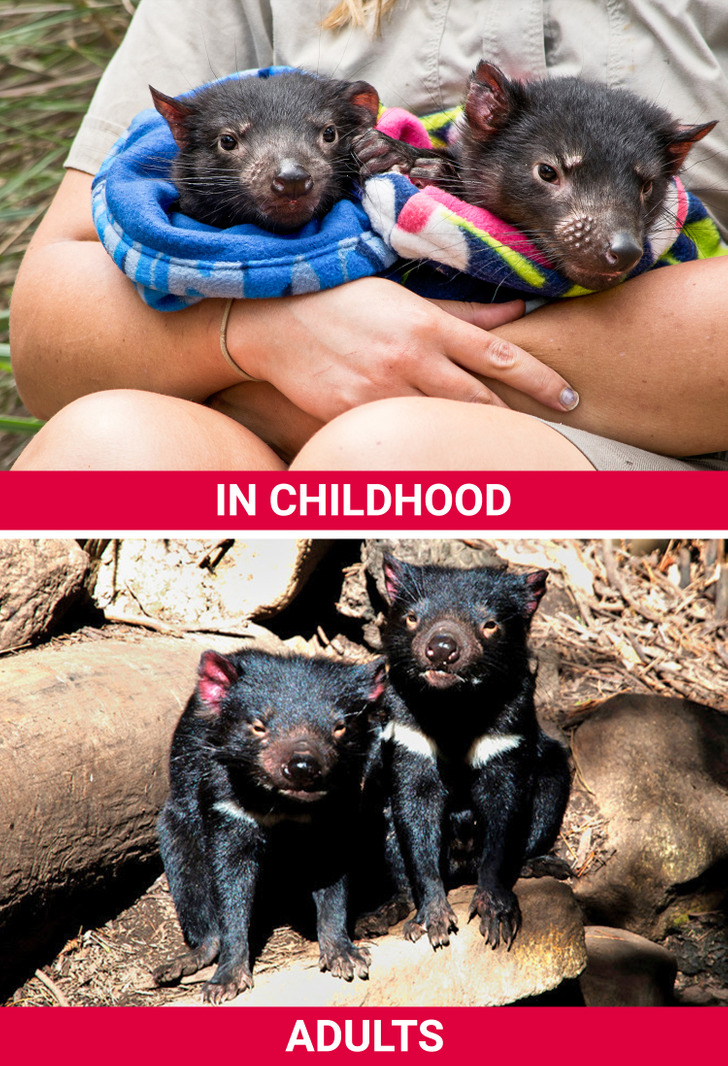
Scientists who’ve worked with these animals found that the Tasmanian devils that grew up together remain friends for life. When they start living separately from their parents, they often visit their friends’ homes and even share their prey with them.
Bears might not pee for 6 months.
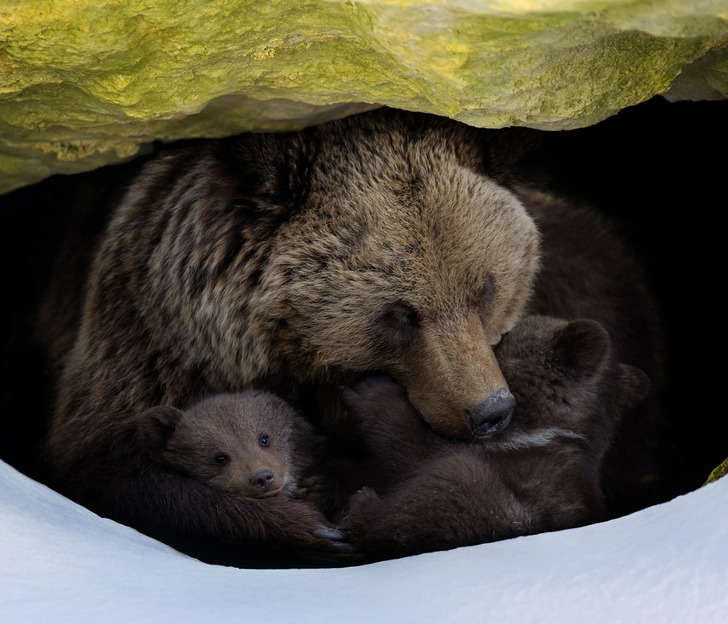
It happens during the winter time when they hibernate. While chipmunks and gophers have to wake up from time to time to move, eat, pee and poo, grizzlies and black bears don’t need to do this. For several weeks or even 6 months, they live off a layer of fat built up during the summer and their bodies break down the urea to turn it into nitrogen and then protein to maintain muscle mass and organ tissues.
Koalas get lost in unfamiliar environments.
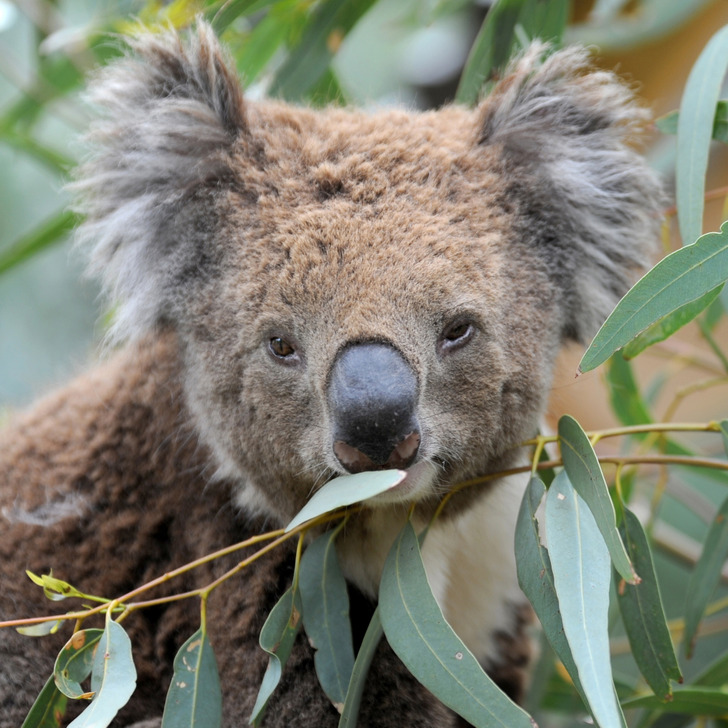
The koala has one of the smallest brains in proportion to body weight compared to any other mammal. The average brain weight is 19.2 grams, and the brain’s surface is fairly smooth. So, koalas can only do the things they are used to, for example, eating leaves off a branch. If you give them the same leaves but on a flat surface, they might not understand that they are edible.
Sloths have algae and moths in their fur.
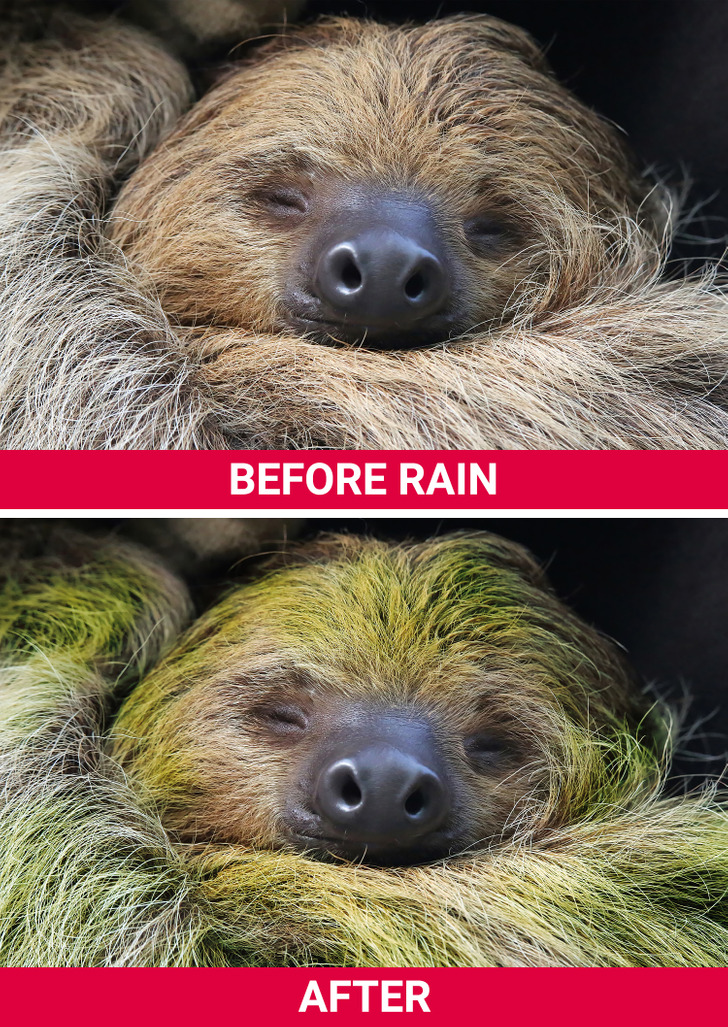
These animals often have algae in their fur, which makes them look green and helps them to camouflage from predators. The hairs of sloths have a lot of cracks that build up water, creating a perfect environment for algae. In zoos, sloths usually have their natural color, and in the jungle, they become green after rain. Besides, there are moths in sloths’ fur that eat the skin secretions.
Giraffes can hum and meow.
When biologists just started studying these animals, they thought giraffes were mute. It seemed that their necks were too long for the airflow to make their vocal cords vibrate. But later, scientists found that giraffes are quite talkative. They communicate with snorts, sneezes, coughs, snores, hisses, moans, grunts, growls, and flute-like sounds. Calves can moo and meow, and at night, they hum at high frequencies.
Voles can worry about each other.
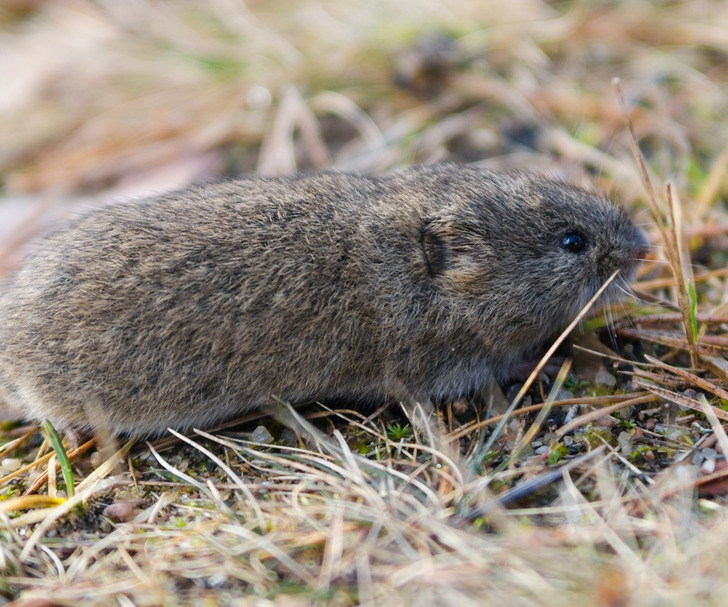
Scientists noticed this only in 2016 when they started studying the behavior of voles. They found that these mice can comfort each other and support those that were mistreated. We used to think that only people, apes, and elephants were capable of empathy, but we’ll have to reconsider this belief.
Which of these facts is a true discovery for you? Or did you already know the facts we described in this article?
